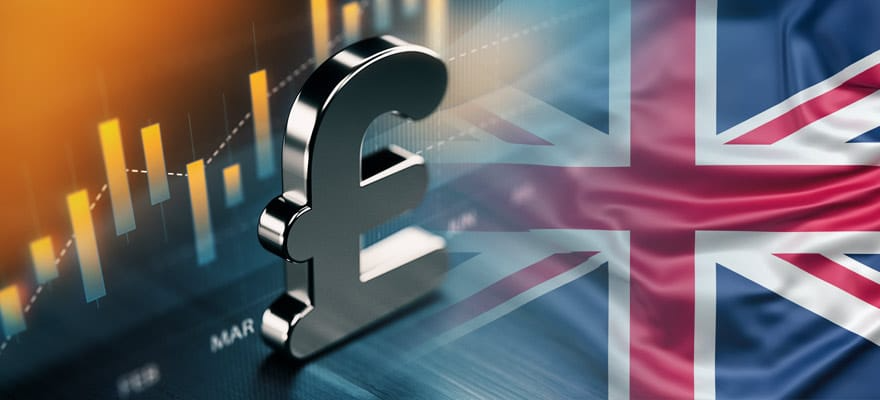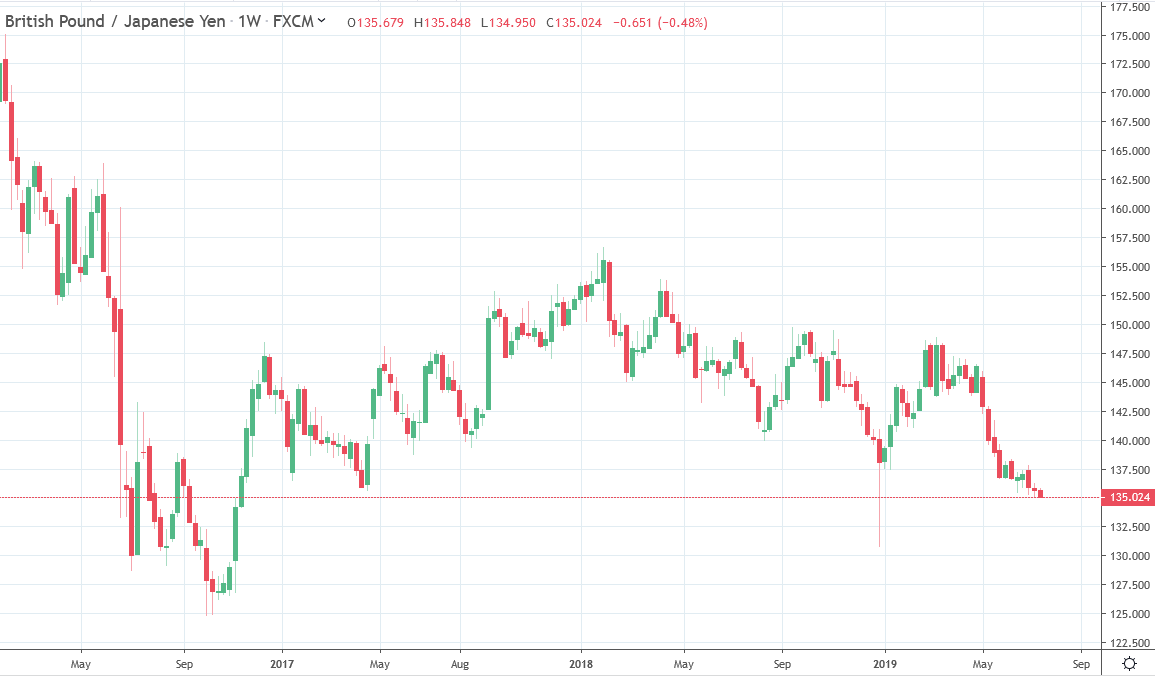On September 16, 1992, Soros’ fund sold short more than $10 billion in pounds, profiting from the UK government’s reluctance to either raise its interest rates to levels comparable to those of other European Exchange Rate Mechanism countries or to float its currency.
Finally, the UK withdrew from the European Exchange Rate Mechanism, devaluing the pound. Soros’s profit on the bet was estimated at over $1 billion. He was dubbed “the man who broke the Bank of England”.
Stanley Druckenmiller, who traded under Soros, was the genius behind the idea. Soros just pushed him to take a bigger size. In this case, the bigger size was one of the reasons why this trade worked. What is more important here is to highlight their position size. They risked their entire YTD gain (they were up 12%).
Just to give you a perspective of how ballsy it is to risk 12% of your capital on one trade, consider the following simplified example:
Let’s assume that your trading capital is 200k and you want to buy a stock at $50 with a stop at 47; hence you risk $3 per share.
Risking 12% of your capital, means 12% * 200k = 24,000.
Divide 24,000 by the amount you risk per share ($3) to get the total number of shares you could afford to buy, which in this case is 8000 shares. (more…)






